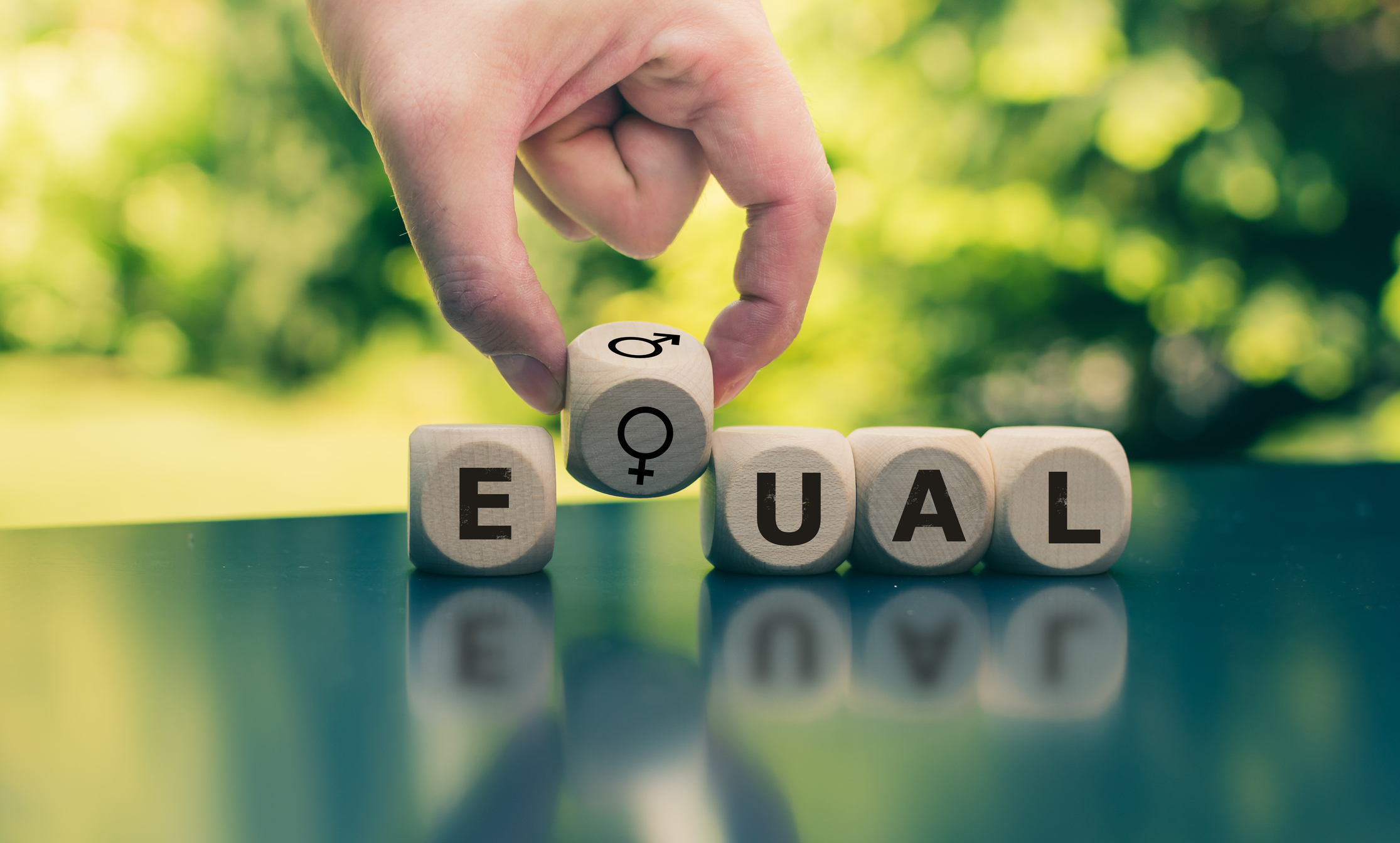Unions have welcomed publication of the gender pay gap for nearly 5,000 Australian private sector employers for the first time but urge more needs to be done to close the disparity.
“Publicising the gender pay gap is a tool that works – it shines a light on entrenched practices and structural inequalities that see women in the lowest paid positions and being concentrated in occupations and jobs with low wages,” said Australian Council of Trade Unions (ACTU) President Michele O’Neill.
The Workplace Gender Equality Agency (WGEA) has published base salary and total remuneration median gender pay gaps for private sector employers in Australia with 100 or more employees.
It follows federal government reforms passed in Parliament last year aimed to drive employer action to speed up progress to close the gender pay gap in the workplace.
This year, the overall national gender pay gap improved to 19%, as a result of union victories for women workers, including historic increases to the minimum wage and improvements in wages for aged care workers. However, this figure still equates to a woman being paid $18,461 less than a man per annum.
The WGEA data which covers almost 5,000 Australian companies shows wide gaps across all sectors. More than 50% of workplaces that have reported, have a pay gap of over 9%.
Employees in female-dominated industries are the most likely to work for an employer with a neutral gender pay gap. The highest reported gap in the WGEA report was 73.1% by an employer in the healthcare sector.
WGEA calculates both the base salary and total remuneration of workers, which includes other earnings like overtime, bonuses and superannuation.
The unions movement has campaigned for equal pay and workplaces free of discrimination, and the publicising of the ongoing gender pay gap to create transparency and accountability to close the gap more quickly.
For the first time, gender equality is an objective of workplace laws, and the gender pay gap will be under scrutiny in the Fair Work Commission in a review looking at around 1.1million workers in female dominated occupations under award conditions.
“The improvement in the gender gap is welcome, but there is more work to do. The pay gap is symptomatic of work done mainly by women being undervalued, and the evidence is that women with less security and less bargaining power are more subject to hostile and unsafe work practices,” said Ms O’Neill.
Key results
- 30% of employers have a median gender pay gap between the targe range of -5% and +5%.
- 62% of median employer gender pay gaps are over 5% and in favour of men.
- The rest (8%) are less than -5% and in favour of women.
- Across all employers, 50% have a gender pay gap of over 9.1%.
Companies’ gender pay gaps are available on the Workplace Gender Equality Agency website: www.wgea.gov.au/data-statistics/data-explorer








